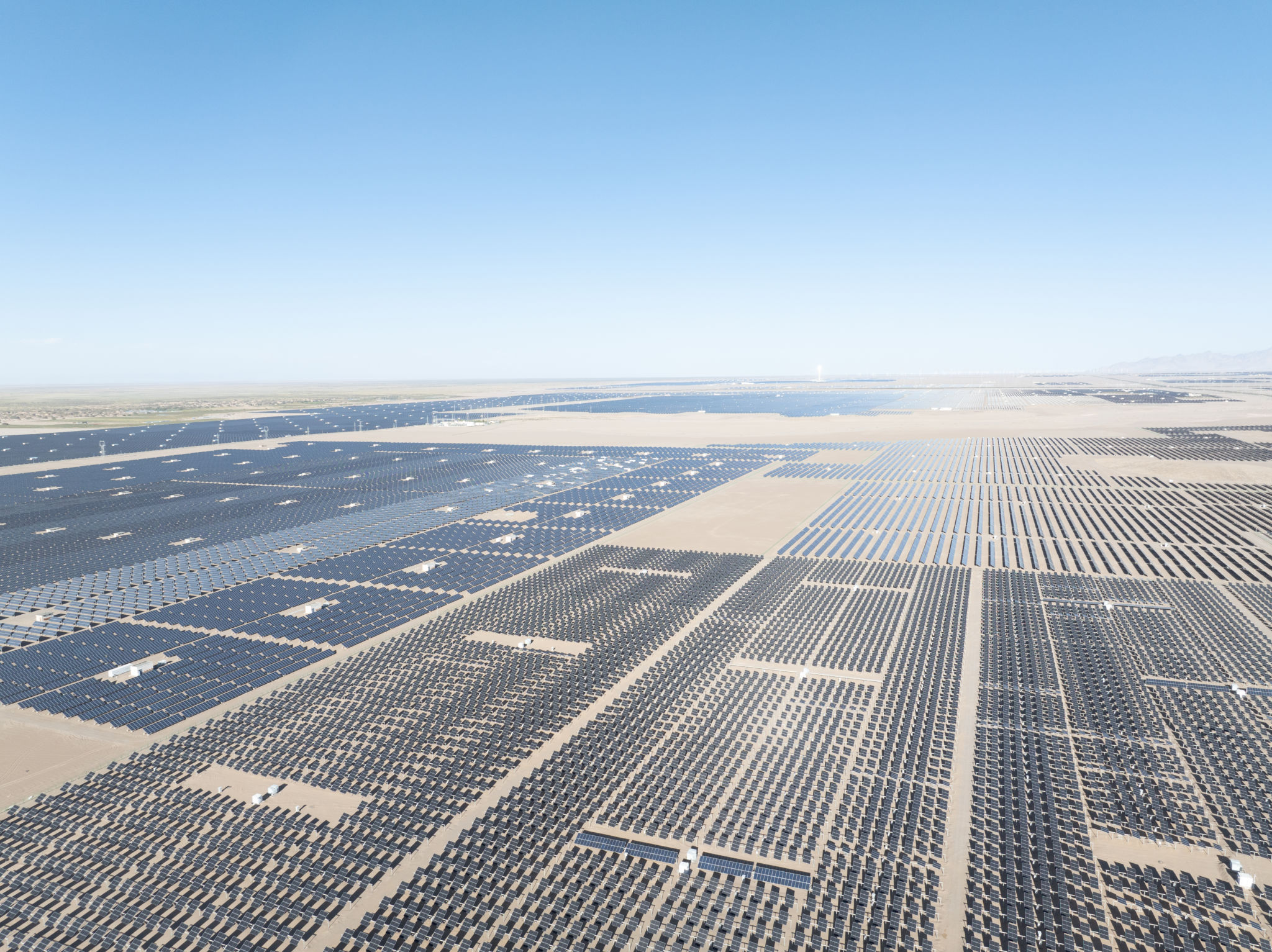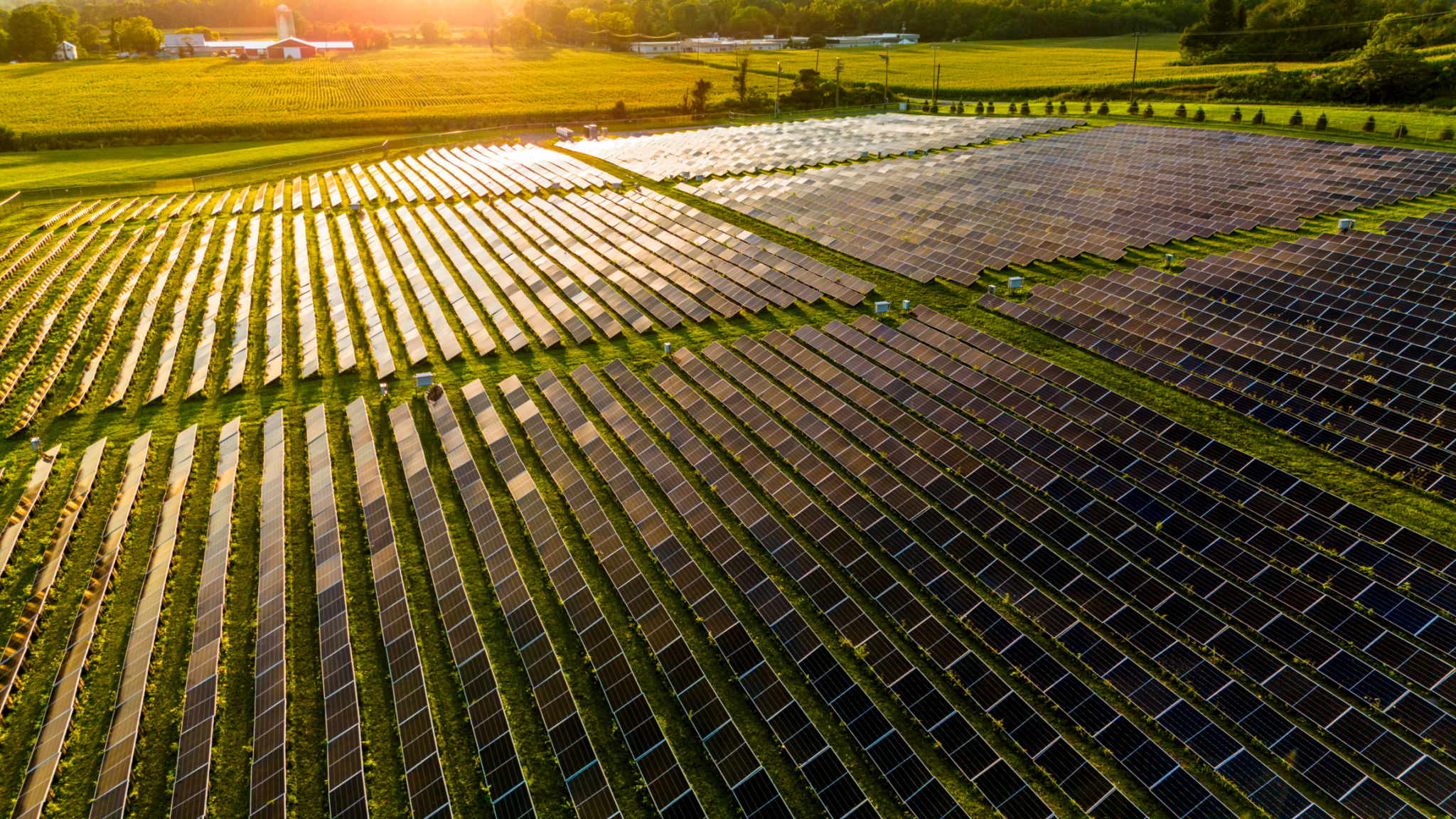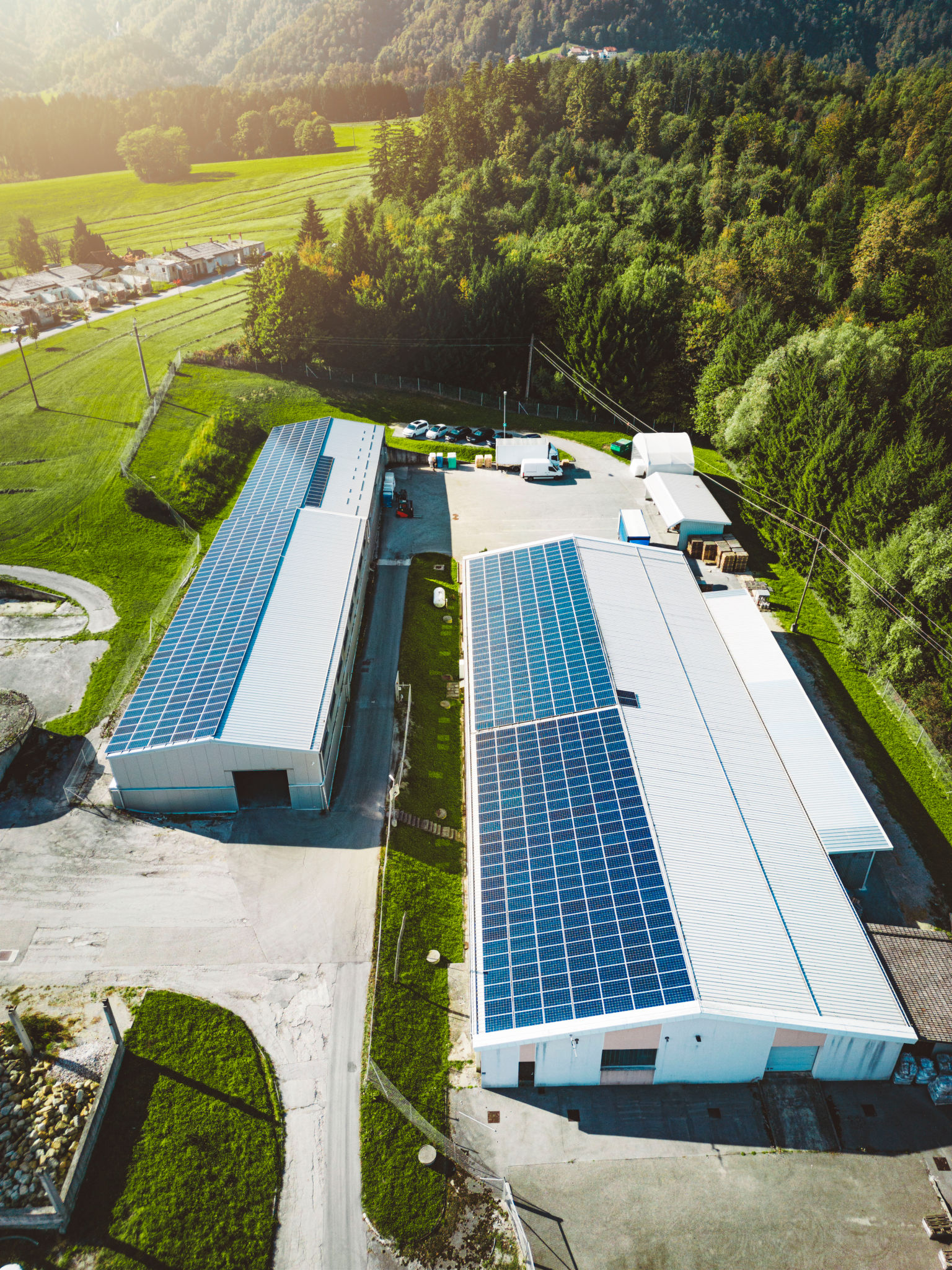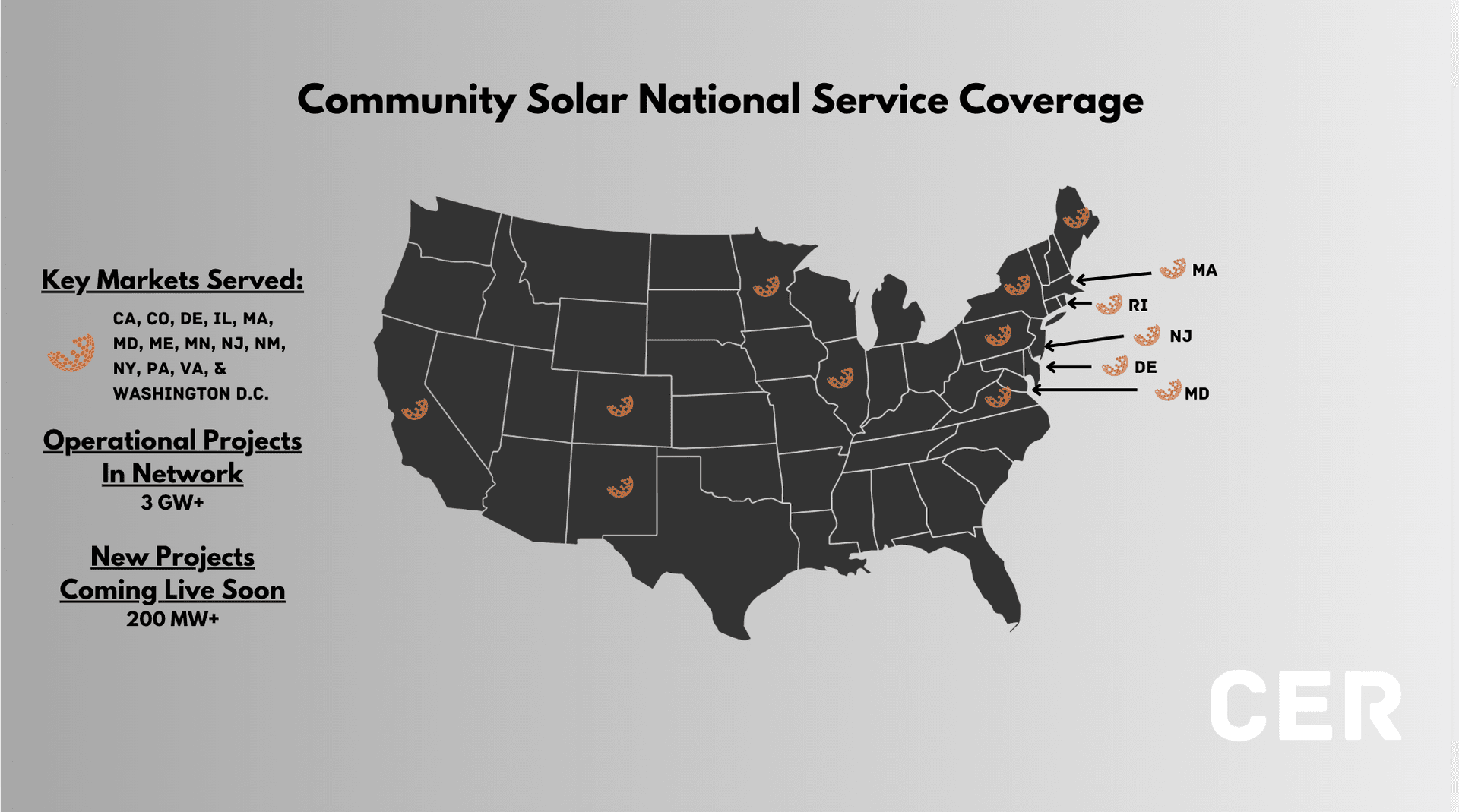7 Reasons Why Solar is Only Going To Soar Under The '24 Trump Administration
The energy landscape in the United States is shifting
The energy landscape in the United States is shifting — and solar is poised to lead the charge under the Trump Administration's second term. While the former President has been vocal about his skepticism toward certain renewable technologies, solar energy has emerged as a key player in the domestic energy market. With new policies, technological advancements, and economic incentives aligning in solar’s favor, the future looks bright. Here are seven compelling reasons why solar energy is only going to soar under a renewed Trump Administration.
1. Solar is Now Cheaper at Scale
The economic argument for solar has never been stronger. Over the past decade, the cost of solar panels, inverters, and installation has plummeted, making large-scale solar one of the cheapest sources of electricity in the U.S. Solar farms can now compete head-to-head with carbon-free nuclear power in terms of cost per kilowatt-hour. This affordability makes solar the ideal solution for utilities, municipalities, and corporations looking to reduce costs while securing a stable, long-term energy supply.

2. Solar Requires Less Land and Has a Faster Permitting Process
Compared to wind farms, which often require extensive land use across multiple parcels, solar farms are far more compact and efficient. Advanced solar arrays can be developed on as little as 6 acres per megawatt, and solar facilities benefit from simpler permitting processes. With fewer landowners to negotiate with and faster approvals, solar projects can break ground and begin delivering power much quicker than comparable wind projects — a major advantage under any administration looking to fast-track energy independence.

3. Solar is More Energy Dense with Advanced Racking Technology
Thanks to innovations in high-density solar racking systems, developers can now generate more power in smaller footprints. Modern solar farms can achieve densities of up to 1 MW per 6 acres, a dramatic improvement over older technologies. This compact design allows for more efficient land use, lowers development costs, and accelerates project timelines, making solar a leaner, smarter investment for developers, utilities, and corporate buyers alike.

4. Solar Investment Tax Credits and Local Incentives Are Actually Secure
One of the clearest signals that solar is here to stay is the bipartisan support for the Solar Investment Tax Credit (ITC) and numerous state and local incentives. Even under the Trump Administration, these financial incentives have remained secure — in part due to the strong ties between solar growth, domestic manufacturing, U.S. job creation, and a resilient American supply chain. Meanwhile, the Trump Administration has signaled a clear shift away from federal support for wind energy, putting wind projects on increasingly shaky ground.

5. Solar’s Scalability Across All Markets
Solar energy’s versatility is unmatched. Unlike wind, which is primarily limited to large-scale utility installations, solar works seamlessly across residential, community, commercial, and utility-scale projects. This flexibility means solar can penetrate all corners of the energy market — from individual homeowners installing rooftop panels to Fortune 500 companies subscribing to large-scale off-site solar farms. Solar’s adaptability makes it the ultimate distributed energy resource for America’s future.

6. Wind Is Facing Regulatory Headwinds
Under a second Trump Administration, wind energy is facing an uncertain future. With Trump’s vocal opposition to offshore wind and recent announcements cutting funding for wind projects across the country, the industry is already on the defensive. This creates a wide-open lane for solar to capture even more market share. During Trump’s first term, solar accounted for 40% of all new generating capacity — a trend that’s likely to accelerate as wind’s regulatory environment becomes increasingly hostile.

7. Corporate Solar Adoption is Booming
America’s largest companies are driving record demand for solar power — and the numbers speak for themselves. As of 2022, corporate solar adopters accounted for 14% of the entire U.S. solar market. Even more impressive, off-site corporate solar procurement now represents 55% of all commercial solar use, according to the Solar Energy Industries Association (SEIA). With companies under pressure to meet sustainability targets while locking in predictable energy costs, the corporate solar boom is set to continue — regardless of political shifts in Washington DC.
The Bottom Line
Despite some misconceptions, solar power has proven to be a natural fit under the Trump Administration’s pro-business, pro-American manufacturing agenda. With its unmatched cost-effectiveness, flexibility, and job-creating potential, solar energy is primed to thrive in the coming years — delivering affordable, reliable power to homes, businesses, and utilities alike. As the Trump Administration pivots away from wind and toward energy technologies that bolster domestic manufacturing and lower costs for consumers, solar is poised for an unprecedented surge.
The sun isn’t just shining on solar — it’s blazing. Join the clean energy movement with Clean Earth Renewables.

Connect with our development team to discover how your team can adopt sustainability with Clean Earth Renewables, by sending an email to [email protected] or visiting our partners solutions page, https://clean-earth.org/solutions.
